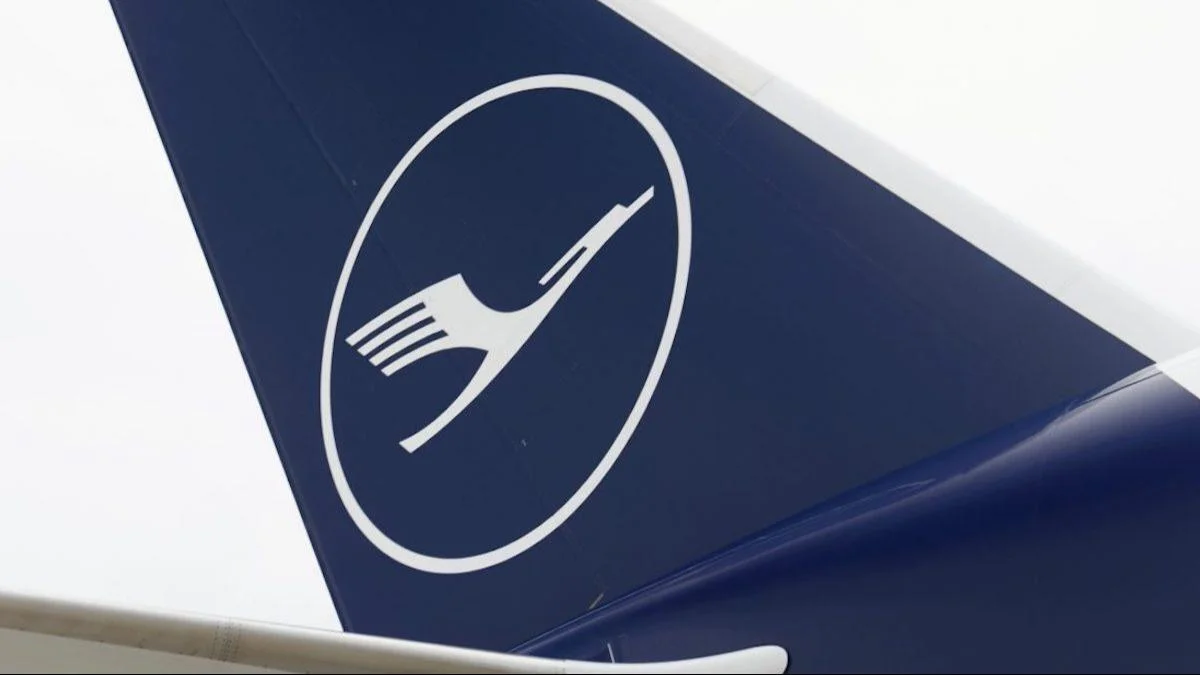The Yakovlev Yak-9 and North American P-51 Mustang were two pivotal fighter aircraft during World War II, each playing a crucial role on different fronts. These aircraft differed significantly in design philosophy and operational use, reflecting the diverse requirements and technological capabilities of their respective nations.
The Yak-9 was primarily constructed from wood due to metal shortages in the Soviet Union, focusing on lightweight maneuverability. Conversely, the P-51 Mustang featured an all-metal construction with advanced aviation technology for its time.
The P-51 Mustang's development was unconventional; it was designed by James H. Kindelberger in response to a request from the British Purchasing Commission for modern fighters. The Mustang became a key player for the Allies, particularly noted for its long-range capabilities after being fitted with a Rolls-Royce Merlin engine. It played a significant role in escorting bombers over Germany and in the Pacific Theater against Japan.
 Alerts Sign-up
Alerts Sign-up


































